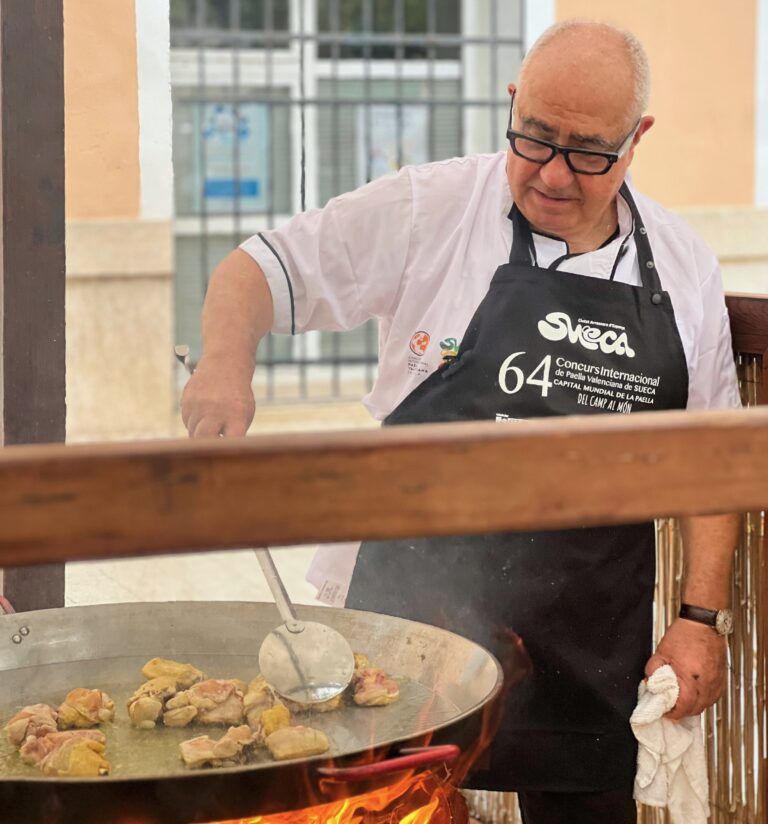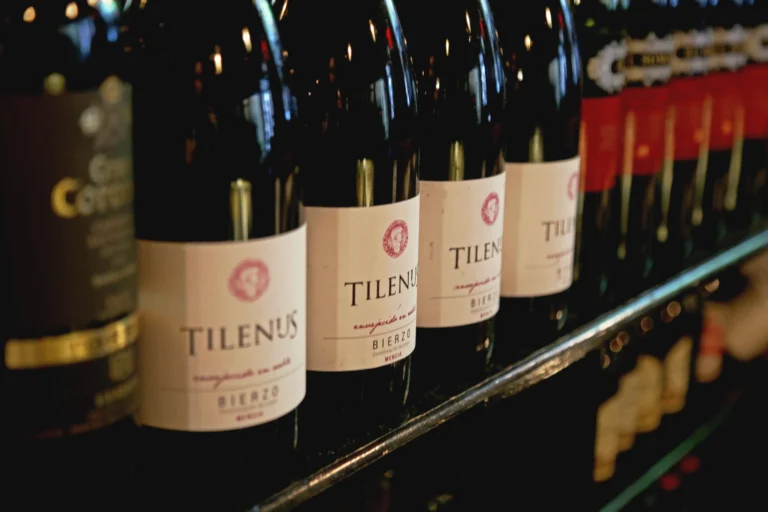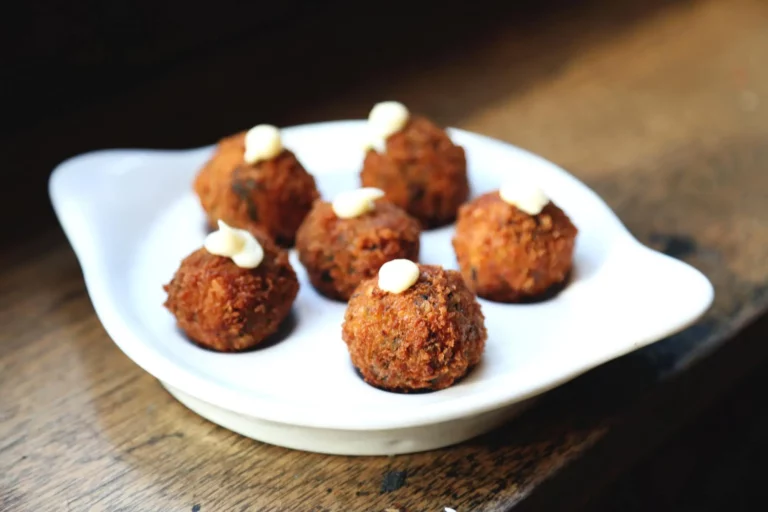Introduction: The Magic of Oak in Winemaking
For centuries, oak has been more than just a vessel for storing wine—it has been a trusted partner in shaping its character. Long before stainless steel tanks and modern winemaking technology, oak barrels were used across Europe for practical reasons: they were sturdy, transportable, and durable. Over time, winemakers discovered something extraordinary—oak didn’t just hold wine; it transformed it.
Today, oak aging is synonymous with complexity, depth, and nuance. It can elevate a simple grape juice into an expressive, multi-layered experience that lingers on the palate. From adding subtle vanilla notes to creating velvety textures, oak remains at the heart of some of the world’s most iconic wines. And in Spain—a country deeply rooted in winemaking tradition—producers are reimagining how oak can shape the future of wine.
Why Oak? A Historical Perspective
The use of oak barrels began primarily as a matter of practicality. Ancient civilizations used clay amphorae to store and transport wine, but by the time the Romans expanded their empire, oak had become the material of choice. Why? Oak was abundant in Europe, easier to shape than other hardwoods, and remarkably watertight.
Over time, winemakers realized oak imparted something unique to their wines: aromas, flavors, and textures that clay or stone could never deliver. What started as utility soon evolved into artistry. By the Middle Ages, oak aging was no longer an accident of practicality but a deliberate technique to enhance quality.
How Oak Aging Transforms Wine
1 – Aromatic Evolution
Oak barrels release compounds that interact with wine, adding distinct aromas that we often associate with fine wines. Depending on the type of oak (French, American, or Eastern European) and the degree of toasting, these notes can include:
- Vanilla – A hallmark of American oak, lending sweetness and warmth.
- Spice – Cinnamon, nutmeg, and clove-like hints, often from French oak.
- Coconut and dill – Classic markers of American oak influence.
- Smoky or roasted tones – Emerging when barrels are heavily toasted.
These aromas weave together with a wine’s natural fruit character, creating a bouquet that’s layered and captivating.
2 – Flavor Complexity
On the palate, oak aging softens fruit-forward exuberance and replaces it with refined complexity. The slow exchange of oxygen through the wood’s pores allows wines to mature gracefully, smoothing sharp edges and deepening flavors. Over time, oak can impart notes of caramel, chocolate, roasted coffee, or even savory umami tones.
Red wines such as Tempranillo, Rioja, and Ribera del Duero often showcase how oak enhances flavors of dark berries, plums, and cherries with subtle hints of tobacco or cedar. White wines, like Chardonnay, can gain a creamy richness punctuated by vanilla or toasted almond.
3 – Textural Transformation
Oak doesn’t just change taste and aroma—it alters how wine feels in the mouth. Through micro-oxygenation (the controlled interaction between wine and oxygen via the wood), tannins become softer, resulting in smoother, rounder textures. Whites may feel creamier, while reds gain depth and structure, allowing them to age beautifully in the bottle.
The Role of Tradition: Spain’s Love Affair with Oak
Spain has one of the deepest oak-aging traditions in the world. The Denominación de Origen (DO) system even uses oak aging as part of its wine classifications:
- Crianza: Wines aged at least one year in oak.
- Reserva: Wines aged at least three years, with a minimum of one year in oak.
- Gran Reserva: Wines aged at least five years, with at least two years in oak.
This structured approach has shaped Spain’s reputation for producing long-lived, oak-matured wines of exceptional quality. The famous Tempranillos of Rioja, for example, are celebrated for their seamless integration of fruit, oak, and age.
American oak, more affordable and assertive, became a staple in Rioja during the 19th century. Its bold vanilla and coconut aromas became iconic signatures of the region. But Spanish winemakers never stopped experimenting, blending traditions with innovation.
Innovation in Oak: How Spanish Wineries Are Redefining the Craft
While oak aging is rooted in tradition, today’s Spanish wineries are pushing boundaries, finding new ways to express the relationship between grape and barrel.
Experimenting with Oak Origins
Beyond the classic French and American oak, some producers are experimenting with Hungarian or Slovenian oak, known for imparting subtler flavors and a tighter grain that slows oxygen transfer. This creates fresher, more elegant wines that balance fruit with gentle oak nuances.
Playing with Toast Levels
The degree to which barrels are toasted (light, medium, heavy) drastically affects wine. Spanish winemakers are refining this process to emphasize specific notes—lighter toasts bring out delicate vanilla and floral elements, while heavier toasts lean into smoke and spice.
Large Formats and Concrete Hybrids
Some innovative bodegas are using larger oak casks instead of traditional 225-liter barriques. These larger vessels reduce the wood’s influence, letting the grape variety shine while still providing structure. Others are blending old with new, combining oak with concrete or amphora aging to layer complexity without overwhelming the fruit.
Sustainability and Local Woods
Environmental consciousness is also shaping oak innovation. Some Spanish winemakers are experimenting with native oak species, such as chestnut, to reduce reliance on imported barrels while creating unique regional expressions. This sustainable approach ties modern Spanish wines even closer to their terroir.
Tradition Meets Innovation in Spanish Oak-Aged Wines
Oak aging is more than a technique—it’s a dialogue between tradition and innovation, between winemaker and nature. It has the power to turn a good wine into an unforgettable one, shaping aromas, flavors, and textures that captivate both seasoned connoisseurs and casual drinkers.
Spain, with its centuries-old relationship with oak, stands at the forefront of this craft. From the classic Tempranillos of Rioja to modern experimental cuvées, Spanish wineries continue to prove that oak aging is as much about creativity as it is about heritage.
For those eager to explore this balance of tradition and innovation, look no further than Socarrat wines. As a modern expression of Spain’s oak-aged excellence, Socarrat showcases how this centuries-old practice can be reimagined for today’s wine lovers—bringing depth, elegance, and a true taste of Spain to your glass.



